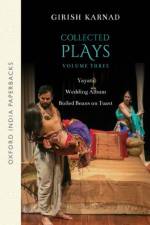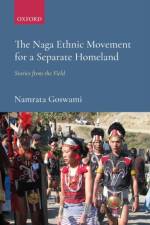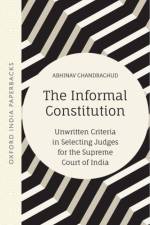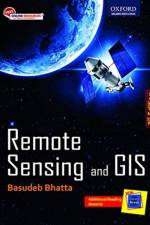- Youth, Aspiration, and Mobility in Nepal
av Andrea (Research Fellow Kolbel
527
In a conversation about youth agency, the most common discourses that come up are of acts of liberation, resistance, and deviance. However, this perspective is fairly narrow and runs the risk of reinforcing pervasive and often polarizing depictions of youth. In order to broaden the understanding of young people''s collective actions and their potential social implications, it is necessary to ask: What types of agency do young people demonstrate?This book aims to scrutinize some of the conceptual ideas that underlie prevalent visions of youth as agents of social change and as a source of hope for a better future. As a part of the Education and Society in South Asia series, it provides insightful accounts of students'' daily routines on and around a public university campus in Kathmandu, Nepal, and calls attention to a group of non-elite university students who have remained less visible in scholarly and public debates about studentactivism, youth unemployment, and international migration. By placing different strands of literature on youth, aspiration, and mobility into conversation, In Search of a Future unveils new and important perspectives on how young people navigate competing social expectations, educational inequalities,and limited job prospects.Series: ESSAthis series seeks to problematize our understanding of education, as process, in the context of the making of citizens in a ''modern'', changing South Asia. Education has been examined in its institutional avatar ad nauseam. Such efforts view educational institutions as organizations that transmit and evaluate educational knowledge and provide certification based on academic achievement. The causes of inequality, located in gender, caste, class and religion have perhaps been examined in thiscontext as these shape individuals'' lives in multiple and complex ways. At the same time, educational institutions are spaces, as processes, through which participants bring meaning and create worlds that hugely impact their personal and intellectual development. Other books in the Series include:Social, Ecological and Moral Vision for Inclusive Education: J. Krishnamurti and Educational Practice






























